Brand purpose for a changing society
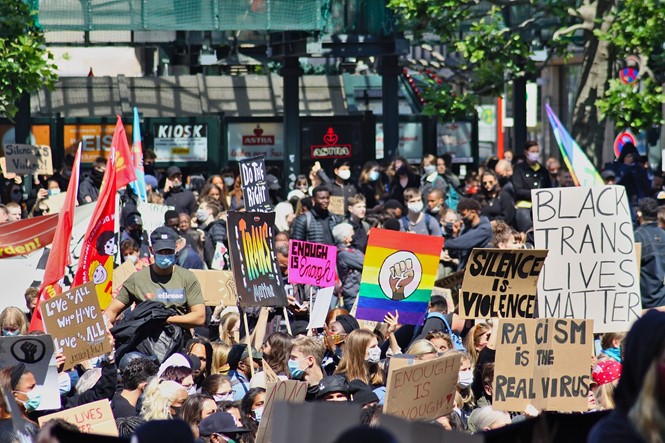
After a year of social and political upheaval, marked by economic uncertainty, brands have to ensure their purpose is at the heart of their communications. Elettra Scrivo examines the way major international brands are facing diversity, climate action and social change.
The global social, political and cultural landscape changed drastically in 2020, and not only because the world was hit by a pandemic. There was a racial and political reckoning that has reached every industry sector and business. Brand that approach these changes after education and with an authentic, genuine desire to change are those that will put purpose first, and improve their reputations in the process.
Gone are the times when brands could solely focus on profit without any wider considerations. Where brands once tried to avoid getting involved in social justice issues, today they are expected to take a political stance and be accountable for their choices.
“There’s been a seismic shift in the way consumers relate to brands, which the events of 2020 have brought into sharp focus,” says Gemma Chaldecott, deputy managing director at reputation communications agency DeVries Global. “In order to be genuine, brands need a high level of self-awareness when it comes to the role that they can meaningfully play.”
For a lot of brands this self-awareness has meant listening to their employees and audience, educating themselves on different social issues, and attempting to address them in the most genuine way possible. Many companies have realised that using buzzwords like ‘inclusion’ and ‘diversity’ as part of their mission pays little more than lip service and prevents from truly understanding the real concerns at hand.
For some brands, this recognition has resulted in a dramatic change to their identities. Following accusations of racial stereotyping and responding to the Black Lives Matter (BLM) movement, Uncle Ben, Quaker Oats and Aunt Jemima all changed their logos, and, in some cases, brand names. Other companies, like Amazon, placed a one-year moratorium on the use of Rekognition, its facial recognition technology, from American police after criticism of bias against African Americans in many US police forces.
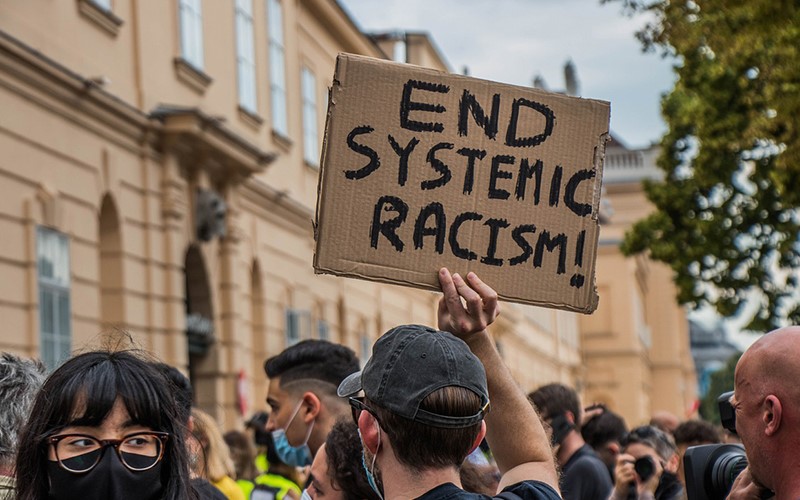
Others, however, didn’t stop to reflect on how they could learn from the changing context and improve their internal culture, but rather used the occasion of 2020’s cultural and diversity movements to make sweeping statements and empty pledges. A case in point is sportswear giant Adidas, a brand which, despite having built its audience and customer base in large part through connections with black celebrities and embracing black culture, became the epicentre of the diversity earthquake in June

After assistant apparel designer Julia Bond wrote a public letter accusing the company’s North America leadership of not acknowledging the smaller ways in which systemic racism affected the daily lives of black employees, the brand’s Portland headquarters was faced with weeks of never ending protests.
Despite the global head of human resources resigning and the company making multiple promises to diversify its workforce, such as committing to hiring black and Latino employees for 30% of new positions, the brand did not provide an official apology and Bond continued to lead protests in Portland.
“There’s a huge disconnect when it comes to how we’re on the inside versus what people associate with us on the outside,” Bond told the New York Times in August. In other words, Adidas was accused of having a wide reputation gap, whereby it was quick to make statements about BLM and George Floyd’s death, yet failed to acknowledge its own internal problems and complicity in perpetuating racism.
“Talking about a strategy being inclusive is not the same as actually doing it. It must contain real action that has a measurable impact. Inclusivity shouldn’t be an add on, it should be embedded in the core strategy from the beginning to ensure it can succeed,” says Gavin Megaw, managing director of corporate and brand at communications consultancy Hannover Communications.
The key word is measurable impact, or in other words, concrete actions that brands can be held against, like the ones Transport for London (TfL) saw through the creation of its youth brand ‘The next move.’ As part of the initiative, TfL overhauled its apprentice and graduate brand to recruit new employees to reflect London’s diverse pool.
“You cannot truly represent a diverse internal and external audience if you do not have that representation across the board,” says Megaw.
TfL has worked towards its 10-year plan of reaching a 43% of black and minority ethnic workforce by 2030 by transforming the way it recruits to ensure talented people from all backgrounds are given an opportunity. It has launched an outreach programme in the most deprived boroughs of London to recruit candidates for its apprenticeship programme- which resulted in more than 700 applications- and has designed a fairer and more egalitarian assessment process that includes a coaching scheme.

There are brands, like Ben & Jerry’s, that have educated themselves on social issues and embraced societal shifts, making them part of their identity, even before this became the ‘right thing’ to do. Ever since its inception, when it was a small business in Vermont founded by two ‘counterculture hippies’ who liked to eat, Ben & Jerry’s has used its platform to boost progressive social change.
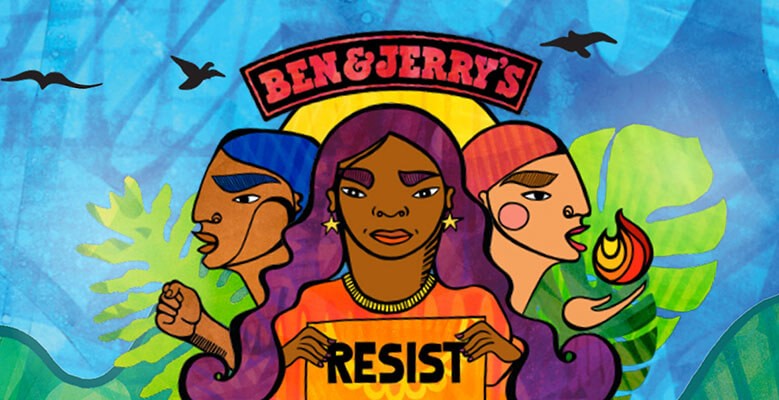
Chaldecott believes success for brands lies in connecting their brand purpose and the needs of consumers to what is happening in culture and society.
Ben & Jerry’s does just that. In its four-decade history, the brand has embraced a plethora of social issues, from the planet to refugees to criminal justice, learning that what works for them is taking time to understand the different social changes and sharing people’s concerns over them.
The end game is not supporting social causes as a means to increasing profits or building brand equity, but rather to do so at an individual level because it is what’s best for the brand. If the values and ideas are genuine, then the rest will follow, says Christopher Miller, head of global activism strategy at Ben & Jerry’s.
“Our approach doesn't start with ‘who are my customers, or fans? And what do they care about?’ It starts with our own belief and thinking about the things we care about in the world and the changes we seek to make. We then think of how to enlist the power of our consumers to advance that change,” he says.
International consultancy Deloitte is another example of how a brand managed to create a successful inclusive brand strategy by simply understanding what the public and employees needed at the time. As talk of embracing diversity increased, Deloitte was at the forefront of working with the LgBTQ+ community. A decade ago, it established the Deloitte gLOBE Network, a leadership forum and member community that leads different events and campaigns on the LGBTQ+ world.
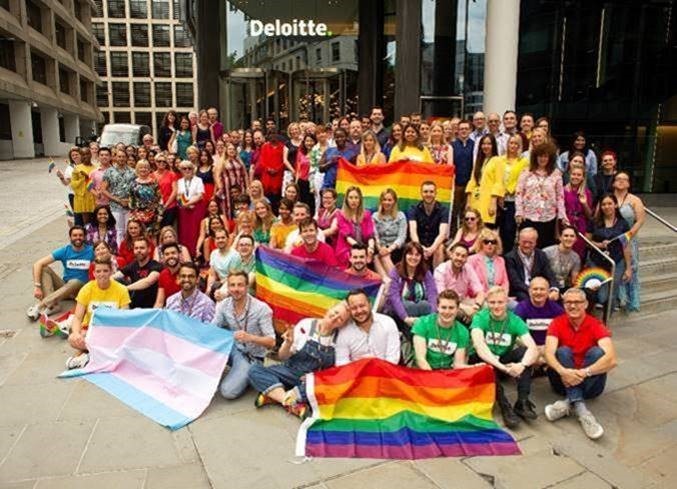
The initiative reflects Deloitte’s brand purpose as a whole: building an environment of acceptance and inclusion. Deloitte management took time to understand that the world was changing and becoming more open, and therefore having an inclusive brand culture would help attract and retain diverse talent.
“Inclusivity shouldn’t be an add on, it should be embedded in the core strategy from the beginning to ensure it can succeed, with clear definitive and deliverable actions that the brand team is accountable for,” says Megaw.
Participating in Pride and encouraging employees to display rainbow branded merchandise at work are not just done to tick the box; rather they are part of Deloitte’s ethos. All the representation work seen on the outside, is first rolled out internally so that employees feel included.
“Our Globe network is having a significant impact on Deloitte’s culture, helping everyone feel able to be themselves at work. Our CEO, Richard Houston, and many of the Deloitte exec are allies and lead by example through their leadership, joining events and using their voice and leadership to shape an inclusive culture,” says Phillip Mitchell co-chair of Globe and director of estate management at Deloitte.
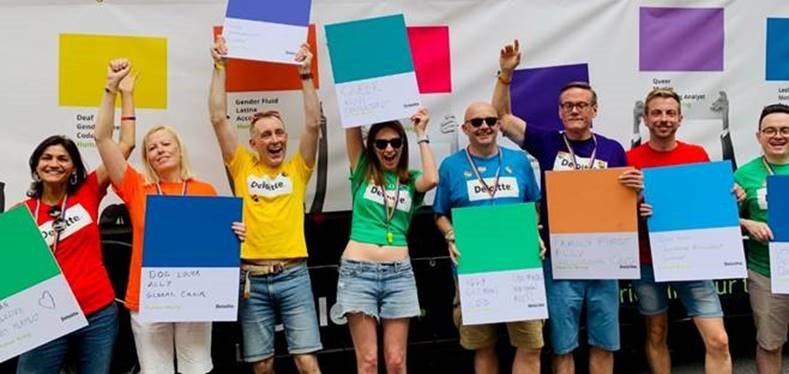
In the past years, brands have had to learn that social and political change affects them and therefore engaging with those changes by examining what they can contribute makes more of an impact than putting profit above purpose.
The brands that have succeeded in doing this are those that have stopped to listen to what society now wants, have reflected on the roles they play, and have educated themselves on what racism, injustice, inequality, and lack of inclusion really means. Those brands that rushed to jump on the crowded diversity bandwagon due to ‘peer pressure’ or to blend in, making a few vague statements and unrealistic pledges without truly pondering on their internal culture and role as perpetuators of exclusionary policies, have been called out and faced backlash. “Organisations should absolutely be more willing to say ‘we have an issue and we're seeking to change.’ Be honest,” Megaw says.
Whatever the change that arises in the future though, brands must remember that change starts from within. There is nothing wrong with taking time to acknowledge a problem, learn more about it a and only then, take positive action for change.













